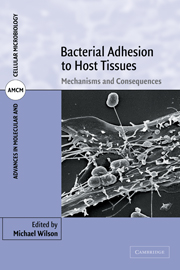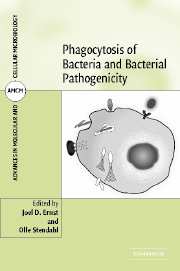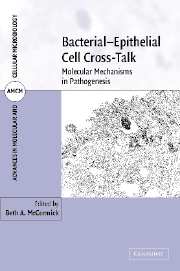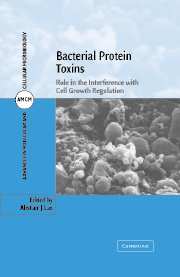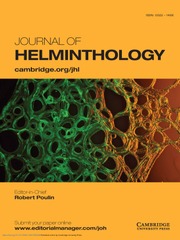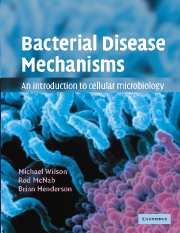Bacterial Adhesion to Host Tissues
Adhesion is the crucial first stage in any infectious disease. It is therefore important to fully understand the mechanisms underlying bacterial adhesion so that we may be able to develop methods of maintaining our normal (protective) microflora, and of preventing pathogenic bacteria from initiating an infectious process. This book describes the bacterial structures responsible for adhesion and the molecular mechanisms underlying the adhesion process. A unique feature is that it also deals with the consequences of adhesion for both the adherent bacterium and the host cell/tissue to which it has adhered.
- Describes bacterial adhesion to host cells and tissue purely at the molecular level
- Written by leading experts in the field to provide an overview of the topic
- Uniquely, deals with the consequences of adhesion - both the effects on the bacteria and the effects on the host cell/tissue - as well as the mechanisms
Reviews & endorsements
"...this volume is a unique publication. The authors are to commended for this timely and important endeavor...the book provides a great amount of of very useful information on the mechanisms, regulation, and molecular consequences of bacterial adhesion...the book would certainly be of interest to a broad population of microbiologists and graduate students." ASM News
Product details
December 2004Adobe eBook Reader
9780511056987
0 pages
0kg
This ISBN is for an eBook version which is distributed on our behalf by a third party.
Table of Contents
- Part I. Bacterial Adhesins and Adhesive Structures:
- 1. Surface protein adhesins of staphylococci T. J. Foster
- 2. Mechanisms of utilisation of host signalling molecules by respiratory mucosal pathogens Mumtaz Virji
- 3. Surface structures of oral streptococci involved in adhesion Roderick McNab, Pauline S. Handley and Howard F. Jenkinson
- 4. Regulation and function of phase variation in Escherichia coli Ian Blomfield
- 5. Regulation of capsule expression Clare Taylor and Ian Roberts
- 6. Role of pili in Haemophilus influenzae adherence, colonization, and disease Janet R. Gilsdorf
- Part II. Effect of Adhesion on Bacterial Structure and Function:
- 7. Transcriptional regulation of meningococcal gene expression upon adhesion to target cells Muhamed-Kheir Taha
- 8. Induction of protein secretion by Yersinia enteroclitica through contact with eukaryotic cells Dorothy E. Pierson
- 9. Functional modulation of pathogenic bacteria upon contact with host target cells Andreass U. Kresse, Frank Ebel and Carlos A. Guzman
- Part III. Consequences of Bacterial Adhesion for the Host:
- 10. Adhesion, signal transduction and mucosal inflammation Catharina Svanborg et al.
- 11. Adhesion of oral spirochaetes to host cells and its cytopathogenic consequences Richard P. Ellen
- 12. Interactions between enteropathogenic Escherichia coli and epithelial cells Elizabeth L. Hartland, Gad Frankel and Stuart Knutton
- 13. Host cell responses to Porphyromonas gingivalis and Actinobacillus actinomycetemcomitans Richard Lamont.

